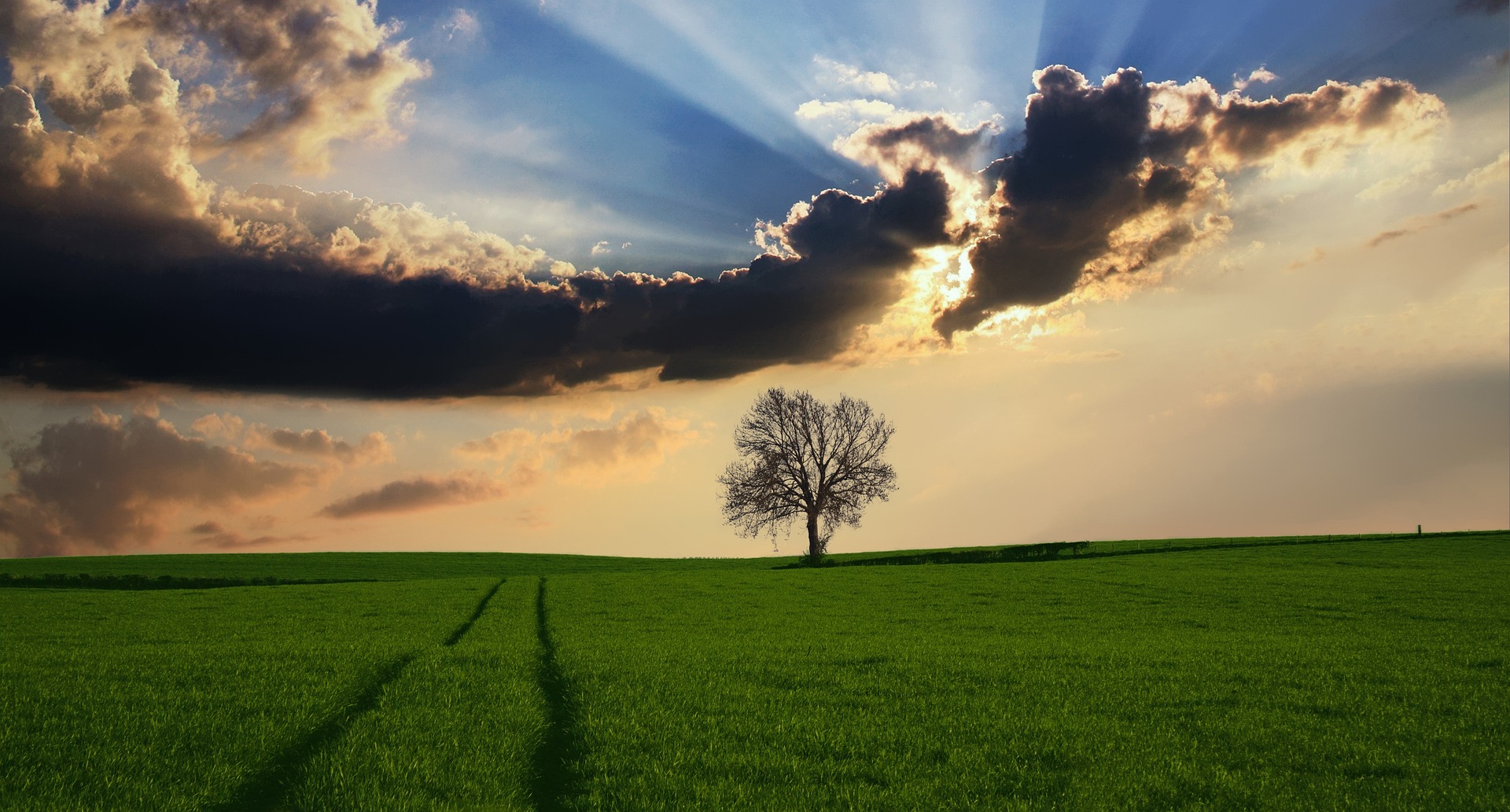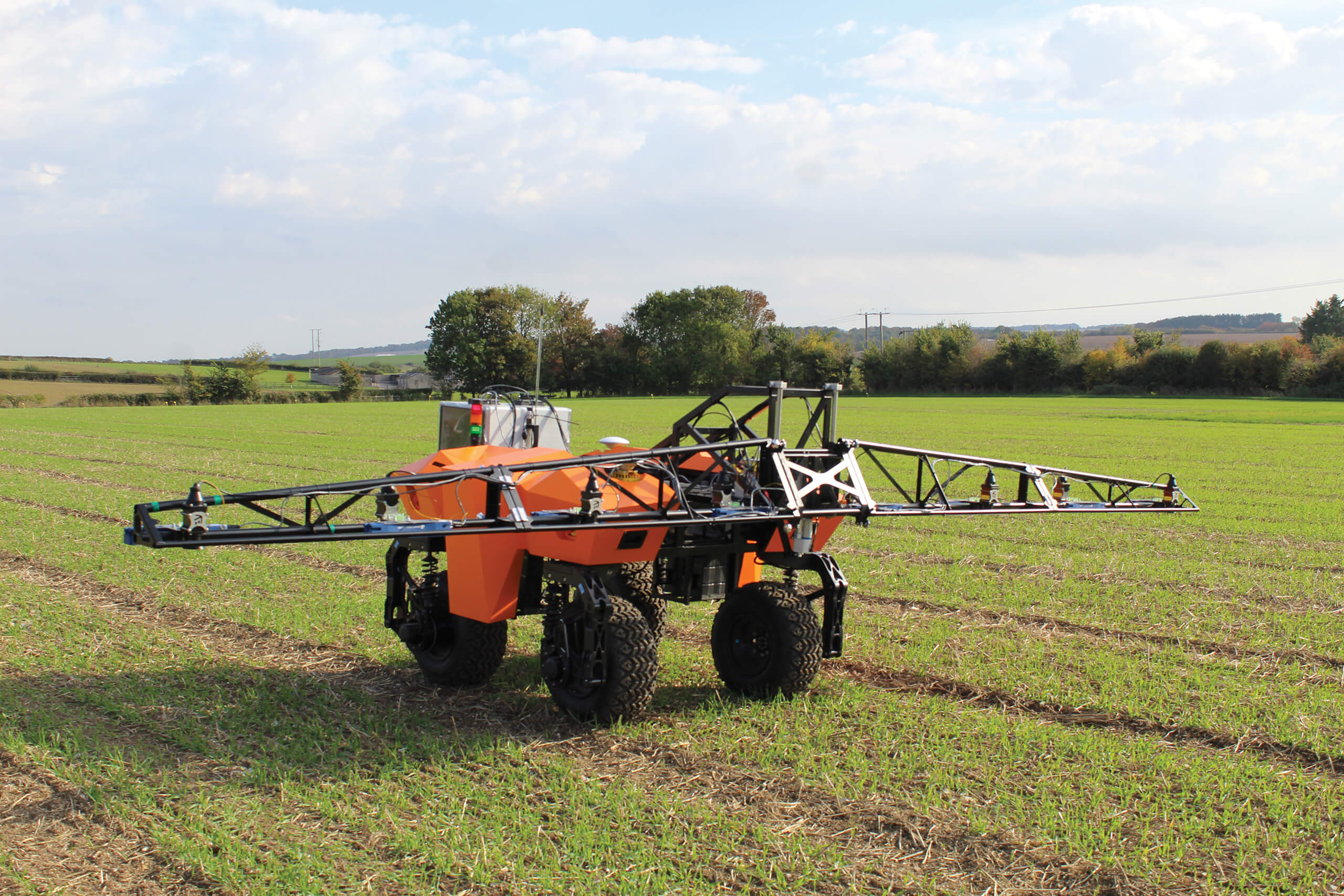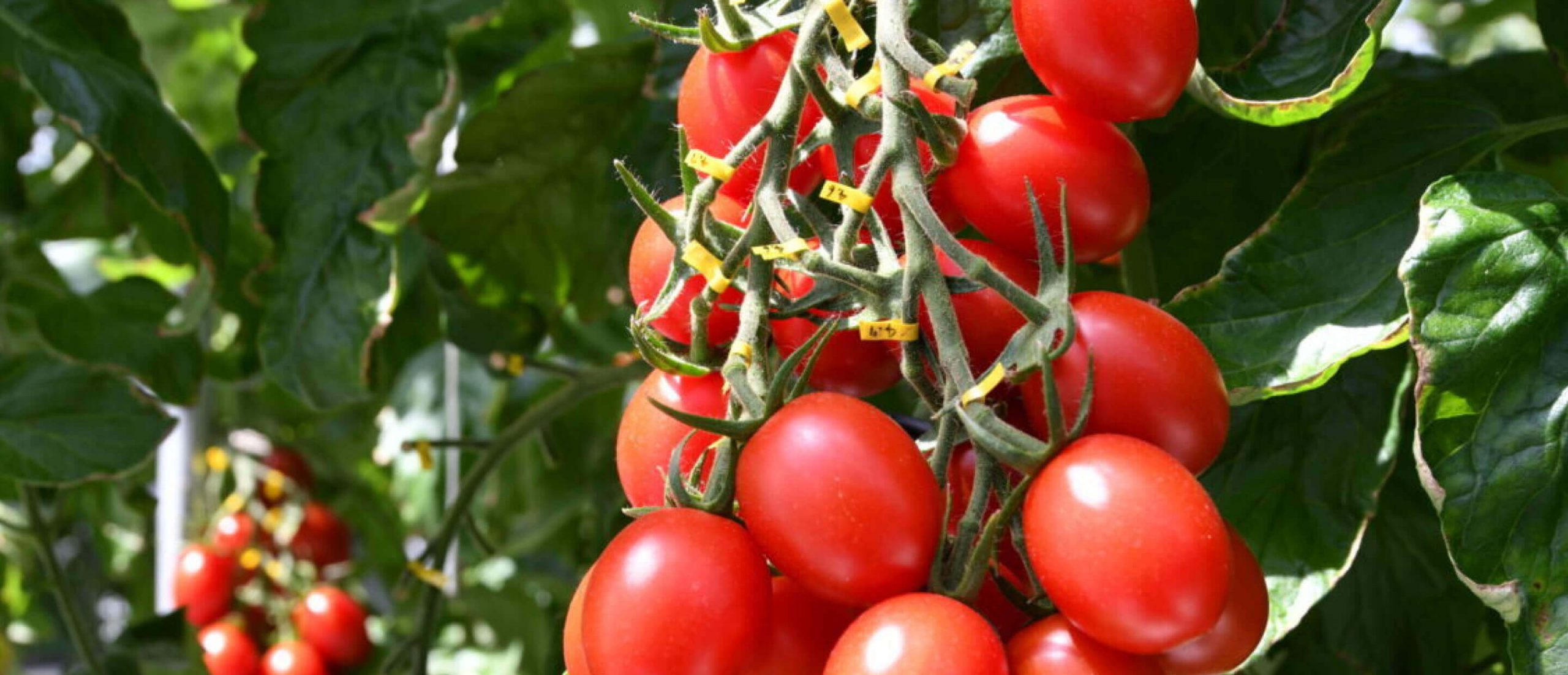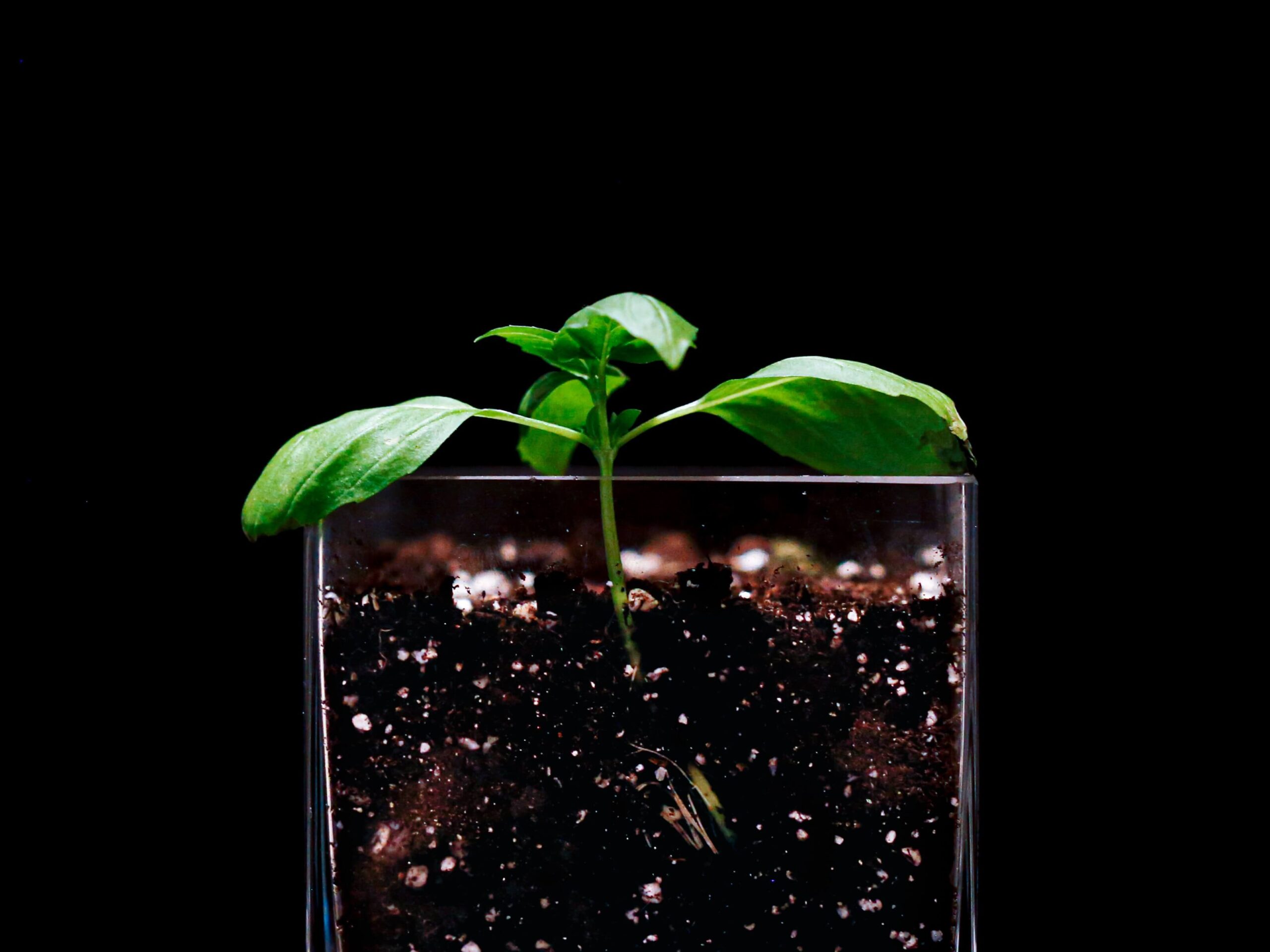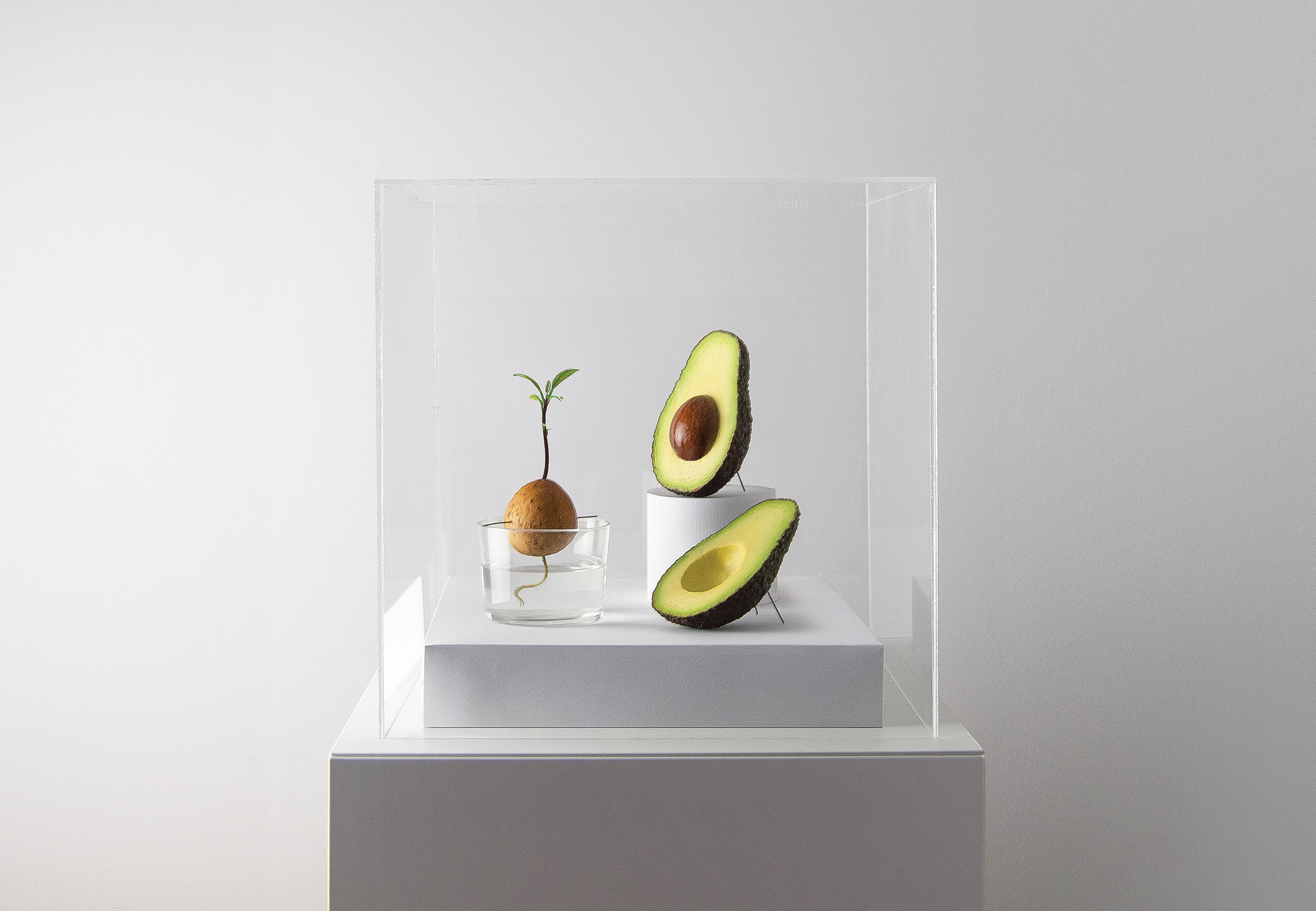
Food and farms have adapted since the dawn of time in response to water scarcity, weather events, habitat loss and plagues. And now science and the increasingly high-tech industry of farming are helping to accelerate that process. Some of our most beloved foods have had to adapt to survive in the past, and many will need to do so again.
Avocados
Considerations
Water scarcity. Growing a single avocado requires 200 liters of water, on average.
History repeats
Avocados have faced extinction once before. Thousands of years ago, they were a favorite food of megaherbivores such as giant sloths, who consumed and excreted its pits whole. As these enormous animals roamed South America, they spread avocado trees with them. When they became extinct, avocados lost their main source of distribution. Fortunately, avocado trees can live as long as 400 years, long enough for the earliest humans to acquire a taste for their delicious fruit and begin to cultivate them.
Chocolate
Considerations
Water scarcity, temperature rises and disease.
Say it ain’t true!
The core ingredient of chocolate is cacao and the trees that bear this 21st century favorite are even more delicate than avocado trees. More than half grow in Côte d’Ivoire, with the rest cultivated predominantly in Ghana, Ecuador, Cameroon, Nigeria and Brazil – in areas where temperatures, rainfall and humidity stay pretty constant year-round. But over time, rising temperatures could make these areas unsuitable for cacao growth. The Intergovernmental Panel on Climate Change predicts that only 10% of current cacao groves will still exist by 2050. There’s also limited genetic variation in cacao plants, leaving them vulnerable to infectious diseases. But don’t quit chocolate yet! Among others, the company behind Mars bars is working with researchers in a bid to create higher yielding, disease tolerant cacao to ensure the future of the crop.

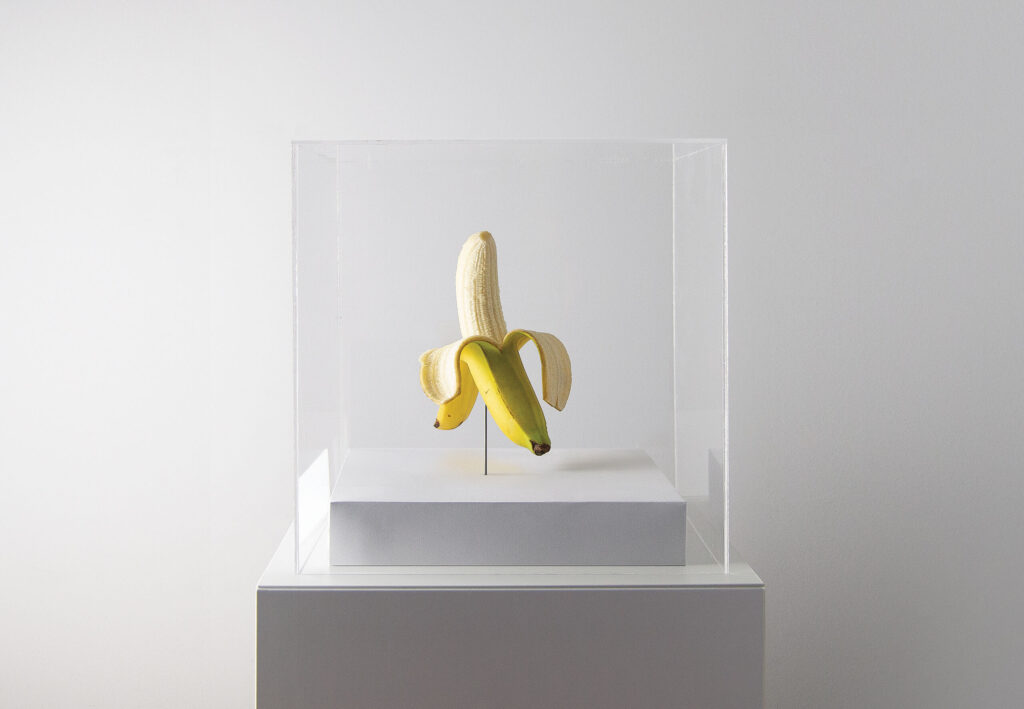
Bananas
Considerations
Rising temperatures and disease.
Ripe for change
Slight temperature rises have benefited some plantations, but a continued increase could see the output from many banana-producing regions halve by 2050. Additionally, a devastating fungus referred to as Panama disease has spread to 20 of the 150 countries producing bananas. In the 1950s, an earlier strain of this same disease decimated a banana variety called Gros Michel, leading growers to switch to the Cavendish bananas we eat today. These proved resistant… that is, until the current mutation proved virulent in them too. Fortunately, plant breeders are rising to the challenge.
Certain wine varieties
Considerations
Rising temperatures.
Sobering observations
Because Vitis vinifera vines (the species behind the most popular grapes for wine) grow best in regions with narrow climatic ranges (54-72 degrees Fahrenheit), rising temperatures have mixed effects on wine production, improving harvests in some regions, challenging harvests in others, and changing the taste of certain varieties. This is leading to experimentation by traditional growers, as well as creating new opportunities for grape production – both further north in the Northern Hemisphere and further south in the Southern Hemisphere as their cooler weather patterns warm.
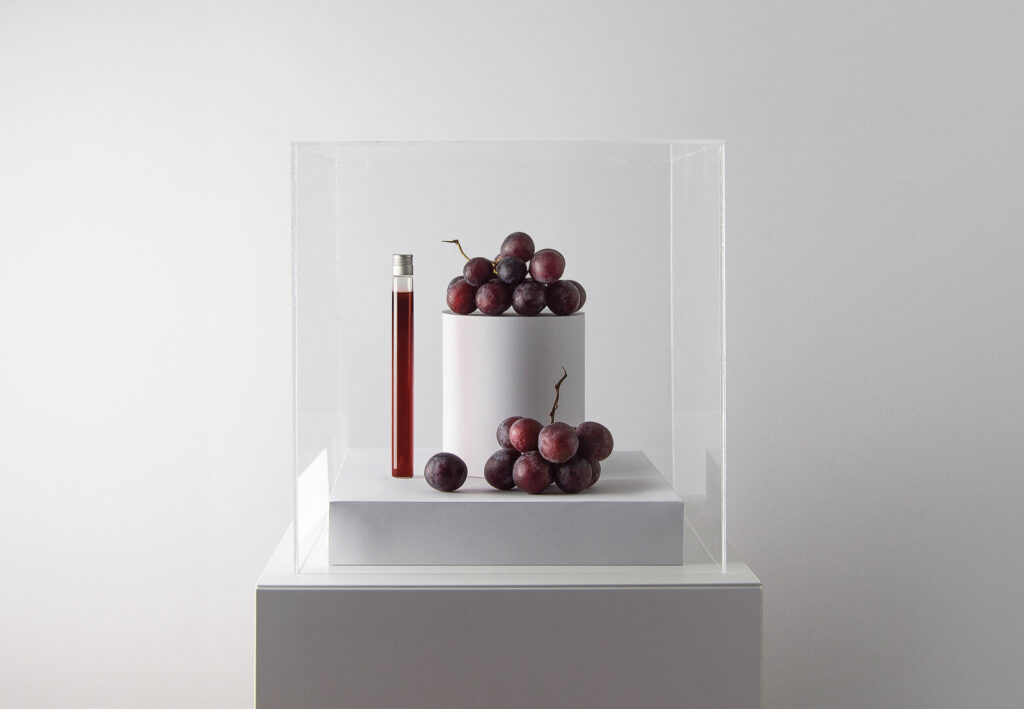
Related article
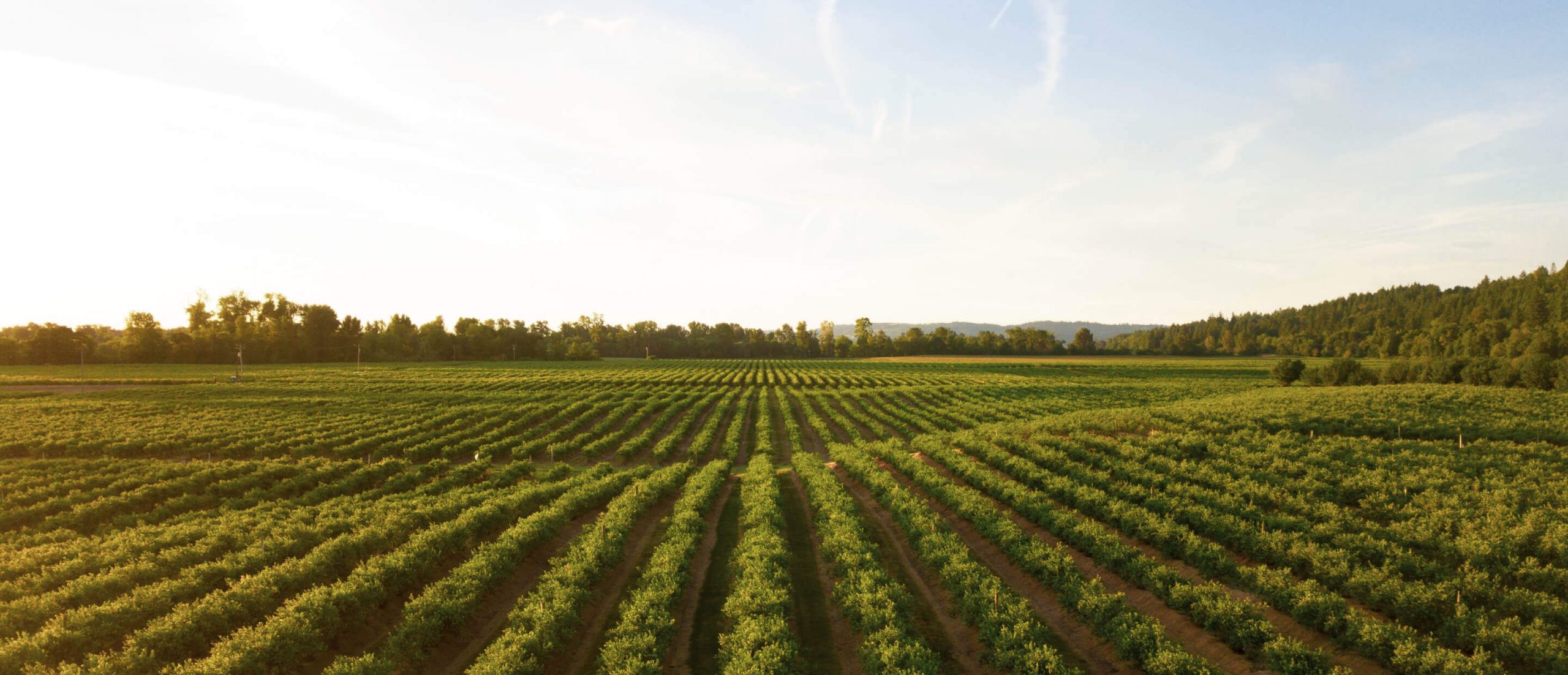
Innovating a sustainable food system
A message from Dr. Sam Eathington, Executive Vice President, Chief Technology and Digital Officer...
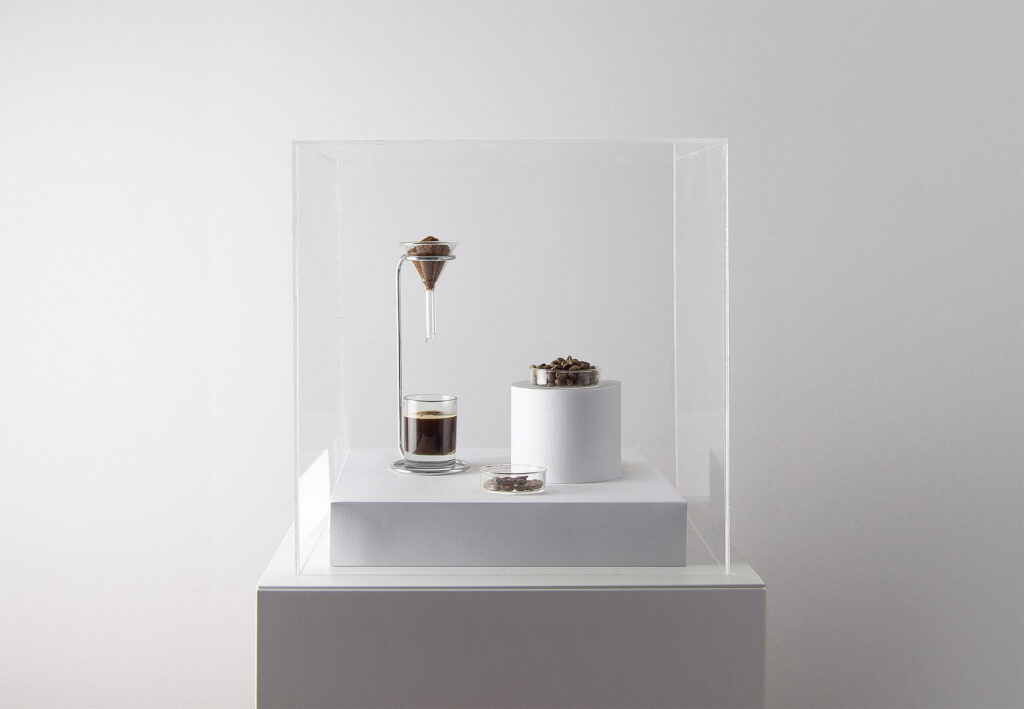
Coffee
Considerations
Habitat loss, weather effects and disease.
Trouble’s brewing
A report by World Coffee Research suggests the current global area suitable for growing coffee beans could be halved by 2050. Coffee is also susceptible to the potentially devastating leaf rust fungus. The organization believes that survival of our beloved brew will rely on a combination of genetic-aided adaptation and major upscaling of coffee production in regions considered to be suitable in 2050 and beyond.
Freshwater fish
Considerations
Mainly human activities.
Challenges at scale
The World Wildlife Fund claims that nearly one-third of all freshwater fish are indeed threatened with extinction. Populations of large fish, weighing more than 66lbs, have declined by 94% over the past 50 years, according to the organization’s research – mainly due to ill-conceived dams, pollution, overfishing and invasive species. They are deploying projects globally to protect and manage freshwater environments. (Ocean fish had a ‘win’ in 2023 with UN members finally agreeing on a treaty to protect the high seas.)
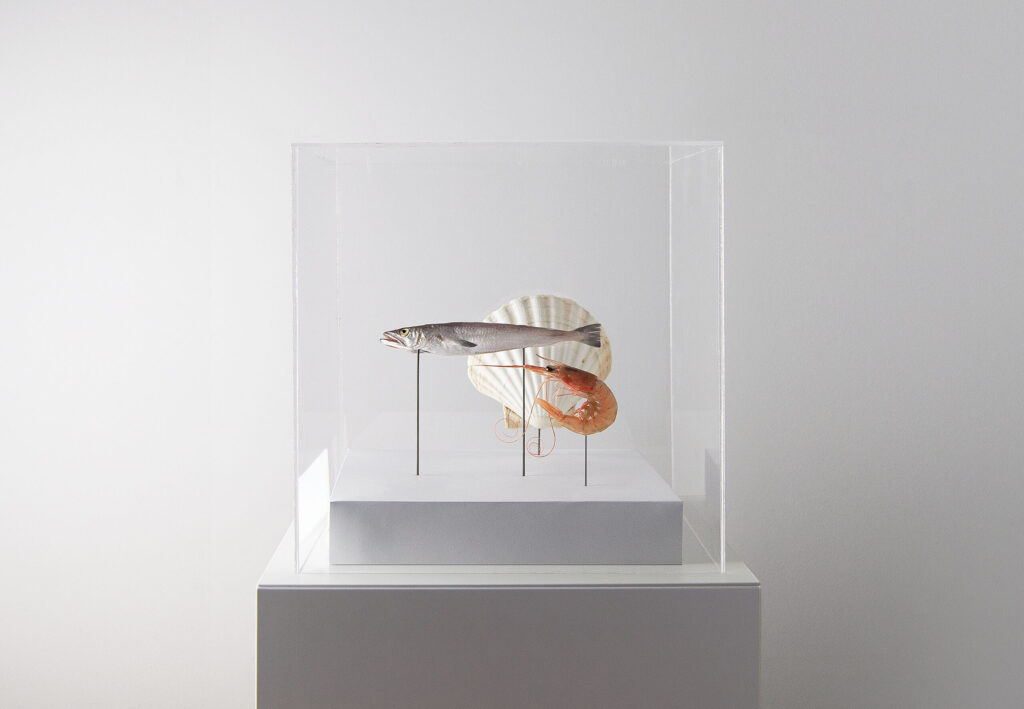
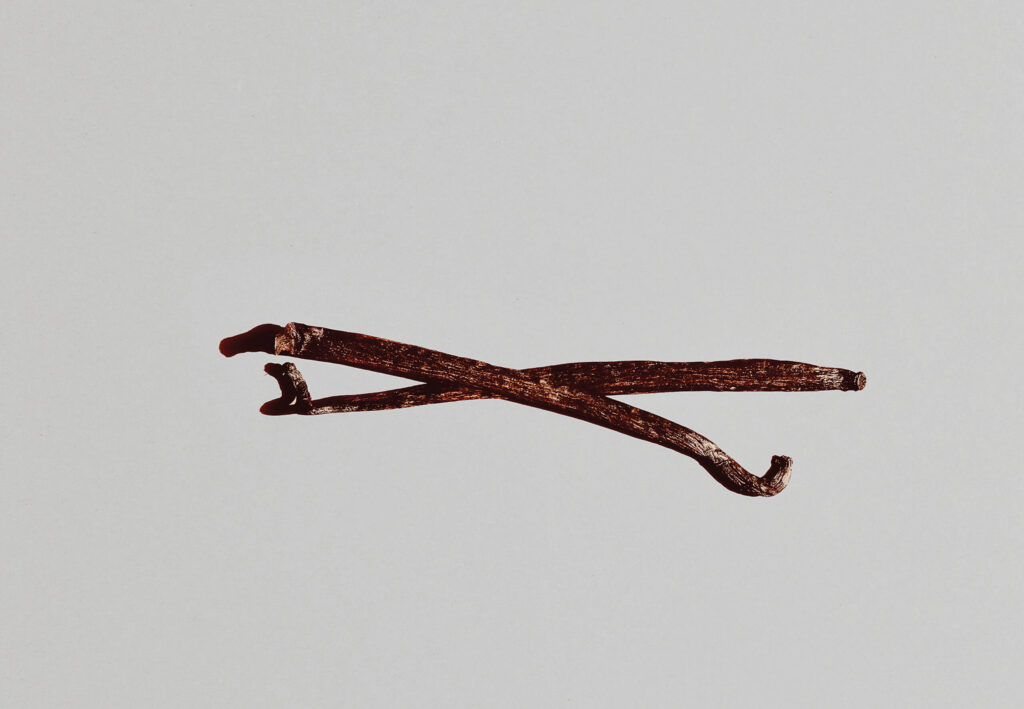
Vanilla
Considerations
Extreme weather and cultivation challenges.
Concerns that leave a bad taste
The world’s favorite ice-cream flavor, Vanilla, is in a precarious position with all eight of the wild species found in South and Central America under threat, according to the International Union for Conservation in Nature. Madagascar supplies up to 85% of the world’s natural vanilla but has suffered a series of extreme weather events – from the 2017 cyclone which destroyed around 30% of crops to prolonged droughts. Vanilla producers, such as Symrise, are supporting growers to evolve and build resilience.
Photo credits
Images provided by “The Museum of Endangered Foods”, a traveling exhibition by Sharp & Sour, excluding Vanilla image: Jocelyn Morales for Unsplash

